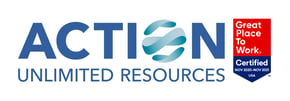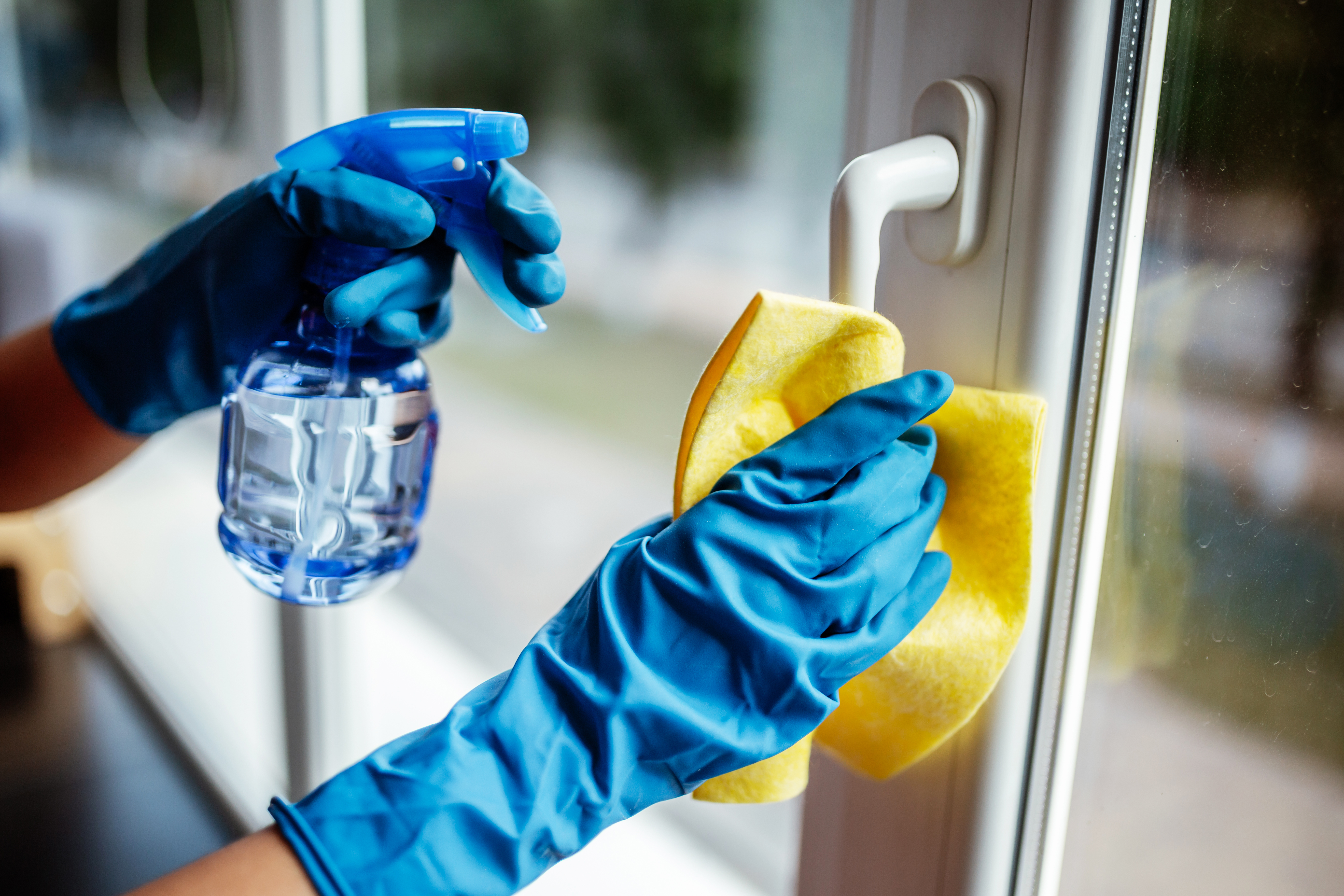Every fall, flu season sets upon us, but this year, the COVID pandemic is complicating matters even further. You may be wondering, “How do I prepare for flu season in the midst of one of the worst pandemics we have ever seen?” This post will address those concerns and provide answers to help keep you safe.
Stay Vigilant with Safety Precautions
Like COVID-19, flu viruses spread through droplets that come out of a sick person’s nose or mouth. So, many of the things you are likely doing to prevent the spread of COVID-19, like wearing a mask in public, staying at least 6 feet away from others, and washing your hands frequently, could also reduce your chances of being exposed to a flu virus.
Do I Clean Differently During Flu Season?
We are frequently asked this question in our industry, and we always start our answer with a question, “What is your cleaning schedule now and how are you cleaning?” Since COVID-19 has been with us for about 8 months now, cleaning and disinfecting has seen a dramatic uptick and for good reason.
If your “regular” cleaning schedule pre-COVID was minimal, you have obviously had to employ drastic measures to ensure that safety protocols are being met. The main point I like to get out there is to clean/disinfect with a purpose, but what does that really mean?
Cleaning/Disinfecting During Flu Season
Now we are getting to the nitty gritty of our post. When we are assisting people in implementing a cleaning schedule and procedures, we need to cover three main points; what is cleaning/disinfecting, when do I clean/disinfect, and making sure we understand the importance of using a residual kill product.
What is Cleaning/Disinfecting?
- Cleaning with our recommended products reduces the number of germs, dirt and impurities on the surface. Disinfecting kills germs on surfaces.
- Wear disposable gloves to clean and disinfect.
- Clean surfaces using a recommended cleaning product, but most importantly, the surface must be cleaned with a dry microfiber cloth thoroughly.
- Practice routine cleaning of frequently touched surfaces.
- More frequent cleaning and disinfection may be required based on level of use.
- Surfaces and objects in public places, such as shopping carts and point of sale keypads should be cleaned and disinfected before each use.
- High touch surfaces include:
- Tables, doorknobs, light switches, countertops, handles, desks, phones, keyboards, toilets, faucets, sinks, etc.
When Do I Clean/Disinfect?
It is critical that your plan includes how to maintain a cleaning and disinfecting strategy during Flu/COVID.
Develop a flexible plan with your staff or family, adjusting the plan as federal, state, territorial, or local guidance is updated and if your specific circumstances change. This is a philosophy straight from the recommendations from our friends at the CDC.
I like this way of explaining when to clean/disinfect, but I would also suggest that you clean/disinfect smartly. I have worked with different facilities that are “overcleaning/disinfecting” and an example of that would be cleaning the area with a dry microfiber cloth, then using a disinfecting wipe, then using a liquid disinfectant on top of the wipe.
There is nothing wrong with this process, but you are essentially using the same type of product twice, thus the “overcleaning/disinfecting”. Working smarter, not harder is a motto that I like to recommend.
Using a Residual Kill Product
In my humble opinion, this is a crucial and necessary step of your cleaning process. I will first touch briefly on what exactly is a residual kill product.
This type of product is applied after cleaning/disinfecting, and depending on the product, used can supply 90 days of protection from viruses on surfaces while maintaining your normal schedule of cleaning. An example where this type of product would be a benefit is once you have cleaned and disinfected, then someone comes in and sneezes on a hard surface (desk, keyboard, etc.) If you do not have a residual kill product in place, the virus could spread from these touchpoints and run rampant through the facility.
Residual kill products offer an extra layer of protection on top of your normal cleaning/disinfecting. We all have rented a car at one point in our lives and they always ask you if you want to purchase any additional insurance and most of us decline. Think of the residual kill product as purchasing that extra level of insurance.
In Summary
We have experienced a dramatic shift in cleaning/disinfecting in our industry since the onset of COVID-19. Now that we are in flu season as well, if we continue to clean/disinfect, follow social distancing guidelines, wash our hands often, and wear a face covering it is my hope that because of these steps being taken, the spread of viruses can and will be reduced due to the measures discussed in this post.



Enjoy this blog? Leave a comment or ask a question!